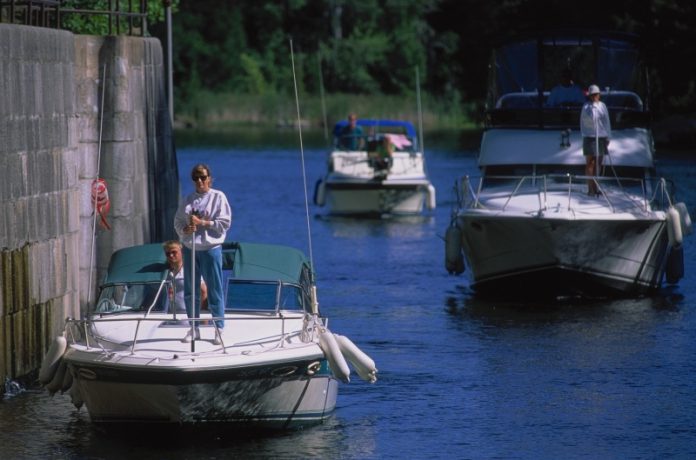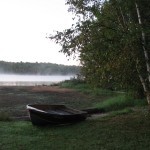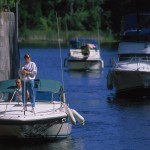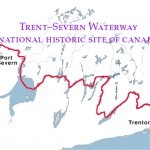
Ah, the Kawarthas. Blue skies, green trees and shimmering lakes. A boater’s, camper’s, hiker’s, cottager’s, business owner’s paradise. Or is it?
There’s been a lot of chatter this summer centered around the cut backs with the Trent Severn Waterway or TSW for short. The Federal Government, which manages the budget for the waterway, announced this year that they were cutting back the $16 million budget by $3 million, which for those of you counting at home, is an almost 16% decrease in budget. People have been voicing their concerns over the potential impact on local tourism that these cuts may have, but really this issue is much deeper than just tourism.
Although the TSW is a lifeline to our area, 40,000 local taxpayers who own waterfront property on the feeder lakes that flow into the TSW, have been frustrated for years over how it manages the waterway.The reality of fresh water rivers and lakes is that their levels fluctuate throughout the season. In the spring, right after the winter runoff, water levels are at their highest. As the season progresses, the water level gradually reduces due to the many streams and rivers that feed off of them and evaporation. The biggest contributor to the water level fluctuations on these lakes however, is the TSW. If you looked at a natural river throughout the year, just like the lakes that feed it, the water level drops. This is a major problem for the TSW because of the boat traffic that it supports. When the water levels get too low, it becomes unsafe for boats to pass through. So, the TSW draws more water from the feeder lakes in order to maintain the level needed for safe travel through the waterway. Studies have shown that year after year, the amount that they draw from those feeder lakes becomes greater and greater, forcing cottagers to pull their boats from the water earlier and earlier, year after year. So, while the TSW is business as usual, area lakes are basically shut down due to unsafe boating conditions and beached docks.


Why is this happening? Well for starters, our environment is changing. The globe is warming and thus, fresh water won’t last as long throughout as summer. Most obvious though is that the lock system, the basic tools of the TSW, are antiquated and in desperate need of updating. Many of these lock systems are twice my age. The glorious lift locks, in all their crumbling concrete glory, are over 100 years old. Designed at a time when the most reliable form of transportation had hooves instead of tires, these systems are inefficient and outdated. The science is simple. If you install a faucet in your home today and come back to check on it after 100 years of usage, five will get you ten that it leaks. Locks systems are no different.
Union head of the Canadian Transportation Employees Local 00056, Dave Hewitt, recently said, and I’m paraphrasing, that the biggest impact of these cuts are going to have will be the effect on the economies of all the small towns along the path of the TSW. While he’s, in my opinion, posturing for the best interests of the union’s members, he’s hit the nail head on. The TSW is an economic artery running right through the middle of Ontario. With it, a large part of the province survives.
Quality of life is greater because people get to enjoy the communities it feeds through. Massive amounts of revenue are generated with the tourism it brings. People’s lives are defined by being able to enjoy the “cottage life”. However, without that artery, just like in the human body, life becomes increasingly difficult to sustain.

So what we have here is the equivalent to a doctor trying to fix a bleeding artery by ignoring it instead of fixing it. Instead of investing in a system that’s in desperate need of updating, we’re cutting back funding. Instead of protecting the ecology and economies that support the TSW, we’re ignoring it, hoping the issue just goes away.
None of our federal governments have done a tremendous job of protecting the environment during my lifetime and this federal government is no exception. Instead of investing in our natural resources, we see pushes for oil pipelines and lack of accountability to companies that violate the environment with things like oil spills. Our name, Kawartha, which is derived from Martha Whetung’s “Kawatha”, meant “land of reflections”. This was in reference to the abundance of rivers and lakes in our area, things that make our area beautiful. If the powers that be continue to ignore the issues that plague the future of our many rivers and lakes in the name of fiscal responsibility, we’ll have to find a way to market dried lake beds to tourists.


























